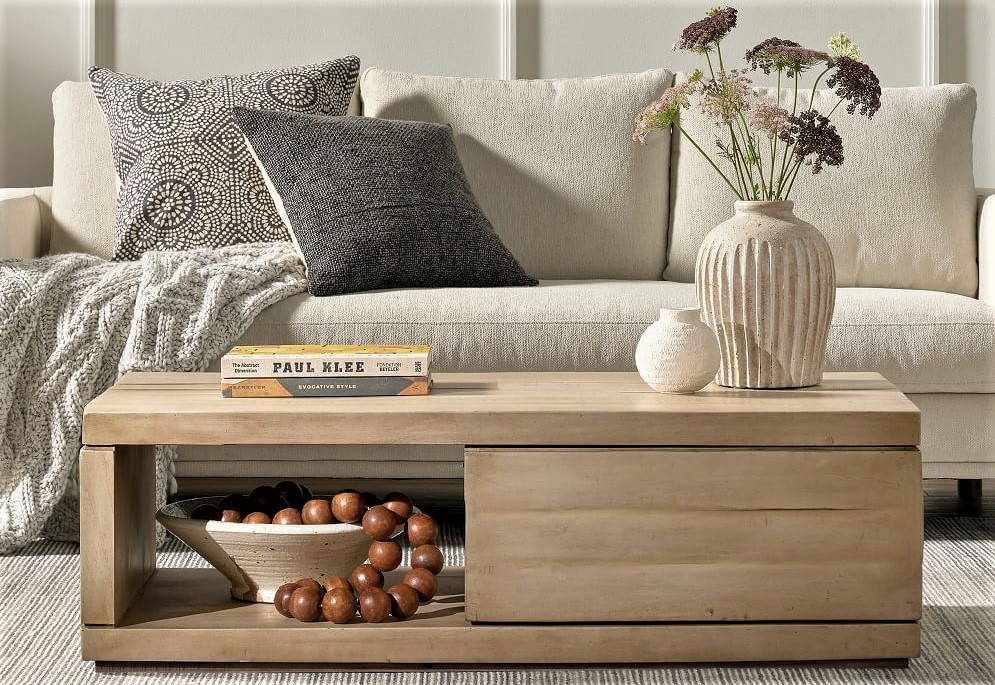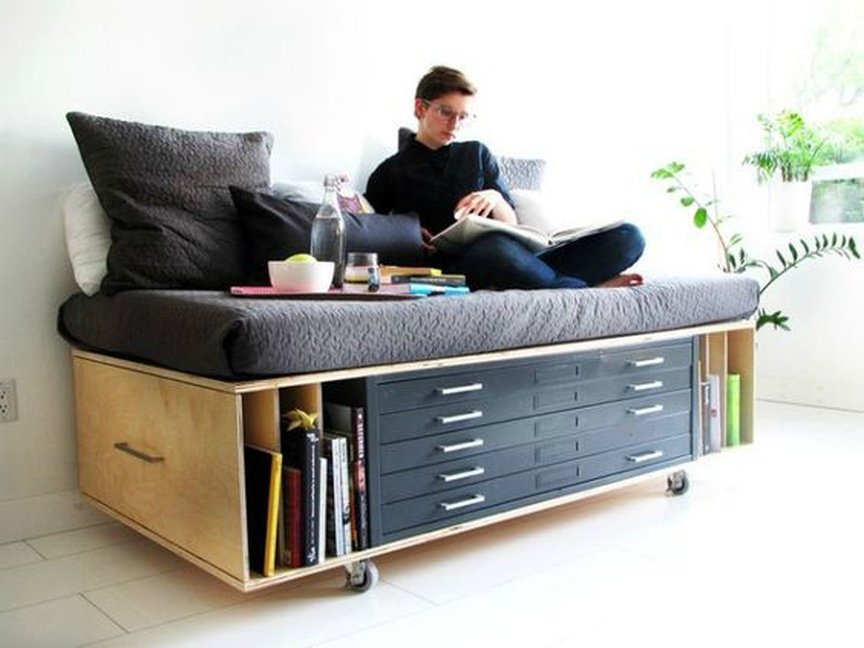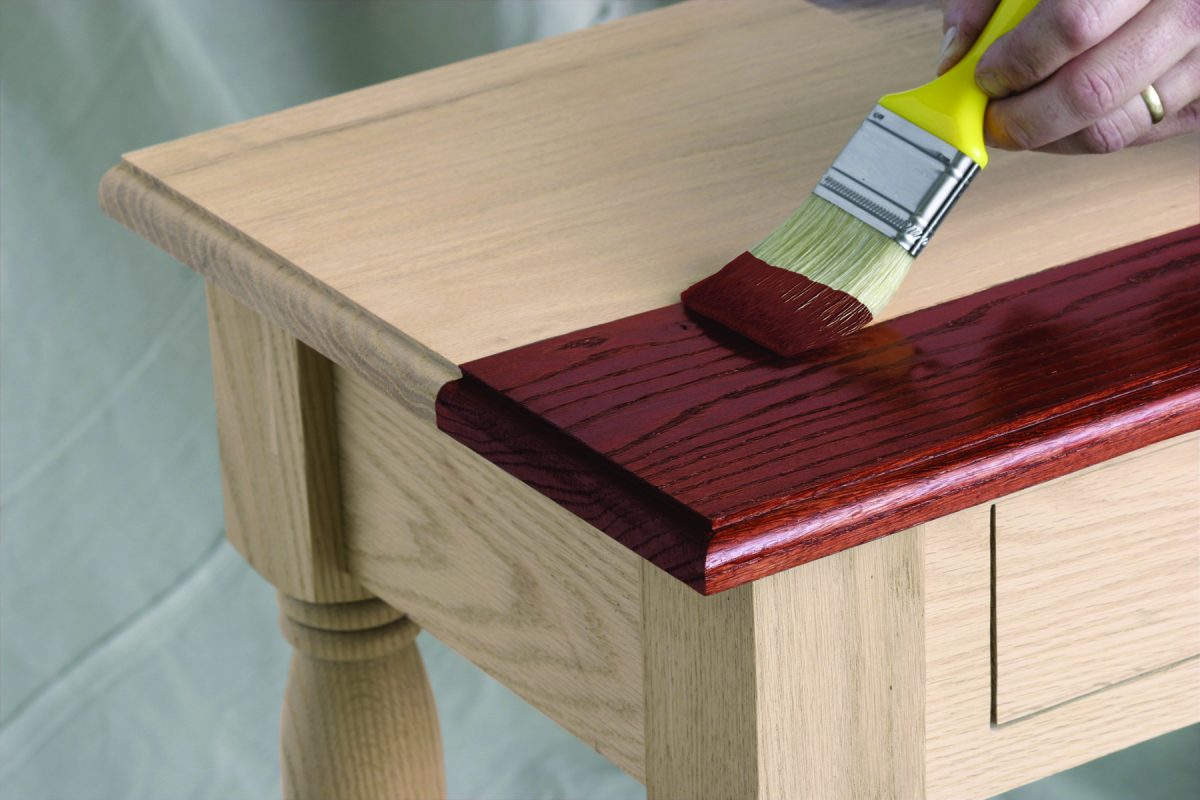Creating an inviting atmosphere often begins with selecting the right elements that enhance comfort and style. The right choice can infuse any room with warmth, promoting a sense of relaxation and well-being. Lighter tones evoke a feeling of openness, while natural textures bring a sense of authenticity to interiors.
Utilizing specific techniques in treating surfaces allows for a blend of modern aesthetics and traditional charm. This approach not only highlights craftsmanship but also elevates the overall decor. Pieces adorned in muted hues can harmonize effortlessly with various color schemes, providing flexibility in design choices.
Embracing this gentle coloration and tactile approach opens up numerous possibilities for personal expression in your living spaces. From chic minimalism to cozy rustic environments, such adaptations cater to diverse tastes and preferences, making every area uniquely yours.
Understanding Whitewash Stained Furniture
This approach to finishing wood has gained popularity for its ability to enhance the natural allure of timber while providing a fresh, inviting aesthetic. By applying a semi-transparent coating, it allows the grain to show through, creating a unique character and charm that sets these pieces apart. Variations in application techniques offer diverse results, making each item distinct.
Key Characteristics
-
Translucent appearance for a soft, airy feel.
-
Emphasizes natural patterns in wood.
-
Versatile enough to complement various interior styles.
Benefits of This Technique
-
Adds a sense of lightness and space to a room.
-
Enhances the character of raw materials.
-
Provides an effortless, casual elegance.
Choosing this type of treatment allows individuals to embrace a harmonious blend of sophistication and rustic charm. As a result, it transforms spaces into inviting and stylish environments.
Enhancing Your Home Aesthetics
Creating a welcoming and stylish ambiance is essential for personal spaces. Thoughtful selections and arrangements can significantly elevate the visual appeal and promote a relaxing atmosphere. By focusing on key elements, you can transform ordinary environments into extraordinary showcases of design and comfort.
Key Elements to Consider
-
Color Palette: Choose harmonious hues that evoke desired emotions and complement your style.
-
Textures: Incorporate various materials, such as wood, metal, and fabric, to add depth and interest.
-
Lighting: Utilize natural and artificial sources to enhance features and create inviting moods.
-
Arrangement: Strategically position items for optimal flow and functionality.
Tips for a Cohesive Look
-
Stick to a unified color scheme throughout different areas for continuity.
-
Mix and match styles, like modern and rustic, while ensuring they share common elements.
-
Add personal touches through artwork and decorative pieces that reflect your personality.
-
Regularly update your space to keep it fresh and aligned with current trends or seasonal themes.
Choosing the Right Whitewash Finish
Selecting an appropriate treatment for surfaces can significantly enhance overall aesthetics. It is essential to consider various factors that influence the look and feel, ensuring that the choice aligns with personal style and existing decor.
Here are some key elements to consider:
-
Color Tone: Different shades can evoke distinct atmospheres. Lighter variants provide a fresh, airy vibe, while darker ones add depth.
-
Texture: Surface texture plays a crucial role. Smooth finishes create a modern look, while distressed options add character and rustic charm.
-
Durability: Assessing the longevity of the treatment is vital. Some options are more resilient to wear and tear, making them suitable for high-traffic areas.
-
Application Method: Techniques may vary from brush-on to spray, impacting both the finish’s appearance and the effort required for application.
-
Complementing Existing Pieces: Ensure that the chosen finish harmonizes with current items, enhancing overall coherence in design.
Taking time to evaluate these aspects will lead to a satisfying and aesthetically pleasing outcome, transforming any area into a serene and welcoming space.
Maintenance Tips for Longevity
Caring for your beloved pieces is essential to ensure they remain in excellent condition for years. Proper upkeep not only enhances aesthetics but also prolongs their lifespan. Implementing a few straightforward practices can make a significant difference.
Regular dusting is crucial. Use a soft, lint-free cloth to gently remove dirt and prevent buildup. Avoid harsh chemicals, opting for gentle cleaners specifically designed for delicate surfaces. Always test any product on a hidden area before applying it to visible sections.
Consider placing your items away from direct sunlight to prevent fading and discoloration. Additionally, humidity control is vital; using a dehumidifier in damp areas can help maintain an ideal environment. For added protection, apply a suitable sealant periodically to safeguard against moisture and wear.
Lastly, handle your pieces with care during movement or cleaning. Using felt pads under decorative items can prevent scratches, while coasters can protect surfaces from rings and heat. By following these guidelines, you can enjoy your treasured items for many years.
Popular Styles Featuring Whitewashed Furniture
In recent years, various design trends have embraced the elegance and charm of lightened finishes. This approach creates a refreshing aesthetic, highlighting textures and patterns while providing a warm, inviting atmosphere. Numerous styles incorporate these lightened tones, each bringing its unique flair and character to interiors.
|
Style |
Description |
|---|---|
|
Coastal |
This style embodies a breezy and relaxed vibe, often utilizing lighter shades to evoke a sense of seaside tranquility. |
|
Farmhouse |
Characterized by rustic elements, this aesthetic pairs soft tones with distressed textures, creating a cozy yet stylish environment. |
|
Shabby Chic |
This trend mixes vintage charm with contemporary touches, using soft hues and elegant accessories for a romantic feel. |
|
Scandinavian |
Focusing on simplicity and functionality, this style highlights light palettes that enhance natural light, fostering a clean and minimalist space. |
|
Modern Farmhouse |
Combining traditional and contemporary elements, this approach often features lighter finishes that soften industrial components for a balanced look. |
Incorporating Whitewash into Your Decor
This approach creates a relaxed vibe, allowing for a seamless blend of textures and tones. Integrating this technique can breathe new life into various settings, emphasizing both modern and rustic elements.
-
Accent Pieces: Use lightly treated woods for shelves, tables, or frames to enhance visual interest.
-
Wall Treatments: Apply a soft washed effect on wood paneling or barn doors to create a warm ambiance.
-
Textiles: Complement your palette with fabrics that echo similar hues, such as linens or cottons in neutral shades.
While applying this method, consider incorporating other colors that harmonize well, such as pastels or earth tones, to create a balanced atmosphere. The goal lies in achieving an inviting space that feels effortlessly curated.
-
Mix and Match: Combine lightly finished elements with darker finishes for a dynamic contrast.
-
Layering: Introduce varying textures through cushions, rugs, and throws in complementary shades.
-
Accessorizing: Choose decor items like vases, artwork, or lighting that harmonize with the pale undertones.
Implementing these strategies brings a fresh perspective to your surroundings, making them feel both contemporary and timeless, fostering a sense of comfort and style.
Where to Find Quality Pieces
Finding exceptional items for interior spaces can be an exciting journey. Numerous avenues cater to various tastes and requirements, enabling you to explore distinct styles and functionalities. Whether you seek rustic charm or a modern vibe, the right locations can offer an array of options to suit your needs.
Online marketplaces have grown in popularity due to their vast selections and the convenience of browsing from home. Websites dedicated to artisanal creations often showcase unique products that capture the essence of craftsmanship. Antique shops also provide hidden gems that hold stories from the past, allowing buyers to incorporate character into their spaces.
Local boutiques and specialty stores often curate collections that reflect regional aesthetics and quality craftsmanship. Visiting showrooms can provide a tactile experience, allowing you to assess materials and finishes firsthand. Additionally, connecting with artisans at craft fairs can lead to one-of-a-kind finds that fulfill personalized vision.
Networking with interior designers can be invaluable. Professionals often have access to exclusive resources and can guide clients toward reputable suppliers who offer top-notch items. Such collaborations can lead to discovering unique pieces that may not be readily available in conventional retail environments.
Q&A: Home furniture whitewash stained finish
What is whitewash stained finish and how is it different from regular paint?
Whitewash stained finish is a technique that involves applying a thin layer of white stain to wood surfaces, allowing the natural grain of the wood to show through while giving it a lighter, more rustic appearance. Unlike regular paint, which typically creates an opaque layer that covers the wood completely, whitewashing maintains the texture and character of the wood, making it a popular choice for achieving a soft, weathered look in home decor. This technique enhances the beauty of natural materials, lending charm and character to furniture pieces.
Can whitewash finished furniture fit into modern home design?
Absolutely! Whitewash finished furniture can seamlessly integrate into modern home design, offering a chic contrast to sleek lines and minimalistic decor. The light tones of whitewash can brighten up spaces and add a touch of warmth, which is often desirable in contemporary settings. It works particularly well in Scandinavian, coastal, and bohemian styles, creating an inviting atmosphere while still adhering to modern aesthetics. Pairing whitewashed pieces with bold accessories or contemporary furniture can provide an exciting visual balance in your home.
What types of furniture are best suited for a whitewash stained finish?
Whitewash stained finish is ideal for various types of furniture, particularly those made from softer woods like pine or cedar, which absorb the stain well and display a beautiful grain. Popular items for whitewashing include dining tables, chairs, sideboards, and coffee tables, as the finish enhances their natural beauty while providing a fresh and airy feel. Additionally, accent pieces like shelves or decorative cabinets can also benefit from a whitewash application, adding to the overall aesthetic of your living space.
How do I maintain and care for whitewashed furniture?
Maintaining whitewashed furniture is relatively straightforward. To keep it looking its best, it’s recommended to clean it regularly with a soft, damp cloth to remove dust and stains. Avoid using harsh chemicals or abrasive materials, as they can damage the finish. For deeper cleaning, a mild soap solution can be used. If your furniture starts to show signs of wear, you can lightly sand the surface and apply a fresh coat of whitewash or a clear protective finish to rejuvenate its appearance. Additionally, keeping furniture out of direct sunlight can help prevent fading over time.
What are some creative ways to incorporate whitewashed furniture into my home?
There are countless creative ways to incorporate whitewashed furniture into your home decor! One idea is to create a cohesive look by pairing whitewashed pieces with other natural materials, such as rattan, linen, or jute, which can enhance the overall aesthetic. Additionally, you can mix and match different styles—for instance, combining modern whitewashed furniture with vintage or antique pieces to create an eclectic look. Utilizing whitewashed furniture in outdoor spaces, such as patios or sunrooms, can also bring a fresh, coastal vibe that complements lush greenery. Don’t forget to accessorize with colorful cushions, throws, or artwork to add personality and contrast to the soft whitewashed finish!
What are the advantages of using whitewash stained finish for home furniture?
The whitewash stained finish offers several advantages for home furniture. Firstly, it helps to create a light and airy aesthetic, making spaces feel larger and brighter. This finish enhances the natural grain of the wood while maintaining a rustic charm. Additionally, whitewashing is a versatile technique that works well with various interior design styles, including coastal, farmhouse, and Scandinavian themes. It’s also relatively easy to maintain, as it can be wiped clean without the worry of losing color intensity. Furthermore, the whitewash finish can conceal minor imperfections and scratches, helping to prolong the life and appearance of your furniture. Overall, whitewash stained finishes not only elevate the visual appeal of home decor but also offer practical benefits in terms of maintenance and durability.
What is the best way to whitewash wood furniture while preserving the natural wood grain?
To whitewash wood furniture and maintain the natural wood grain, you can use a whitewash mixture made of part white paint and part water. First, sand the wood to remove any previous finish, then apply the whitewash in the direction of the wood grain using a paint brush or rag. Wipe off the excess with a dry rag to allow the wood grain to show through. This technique works well with raw wood and provides a subtle, rustic whitewash look.
Can you use chalk paint to create a whitewashed look on wood furniture?
Yes, you can use white chalk paint to create a whitewashed look on wood furniture. To do this, mix the chalk paint with water to thin it down. Apply the whitewash mixture with a paint brush, and then wipe off any excess with a rag to reveal the wood grain. This DIY project is great for achieving a weathered, antique wood furniture look while still letting the texture of the wood show through.
What type of wood works best for whitewashing furniture?
Different types of wood can be whitewashed, but softwoods like pine or poplar wood work best for this technique because they absorb the whitewash mixture easily. Before applying the whitewash, lightly sand the surface of the wood to create a porous texture. This allows the paint to soak into the wood and adhere better, resulting in a more even and smooth finish. Dark wood may require additional coats to achieve the desired whitewashed wood look.
What is the easiest way to whitewash dark wood furniture?
The easiest way to whitewash dark wood furniture is by using a mixture of latex paint and water. First, sand the wood to ensure the whitewash will adhere properly. Then, mix one part white paint with one part water to create a thin whitewash mixture. Apply the whitewash with a paint brush, working in the direction of the wood grain, and quickly wipe off the excess with a rag. This method lightens the dark wood while allowing some of the original wood color to peek through.
Should I stain the wood before applying a whitewash?
If you want to achieve a specific wood color or enhance the wood grain, you can stain the wood first before applying the whitewash. Use a wood stain that complements the final look you want. After the stain dries, apply the whitewash using a rag or paint brush, working in the direction of the wood grain. This process will give your furniture a more layered and weathered wood look, while still allowing the original wood tones to come through under the whitewash.




